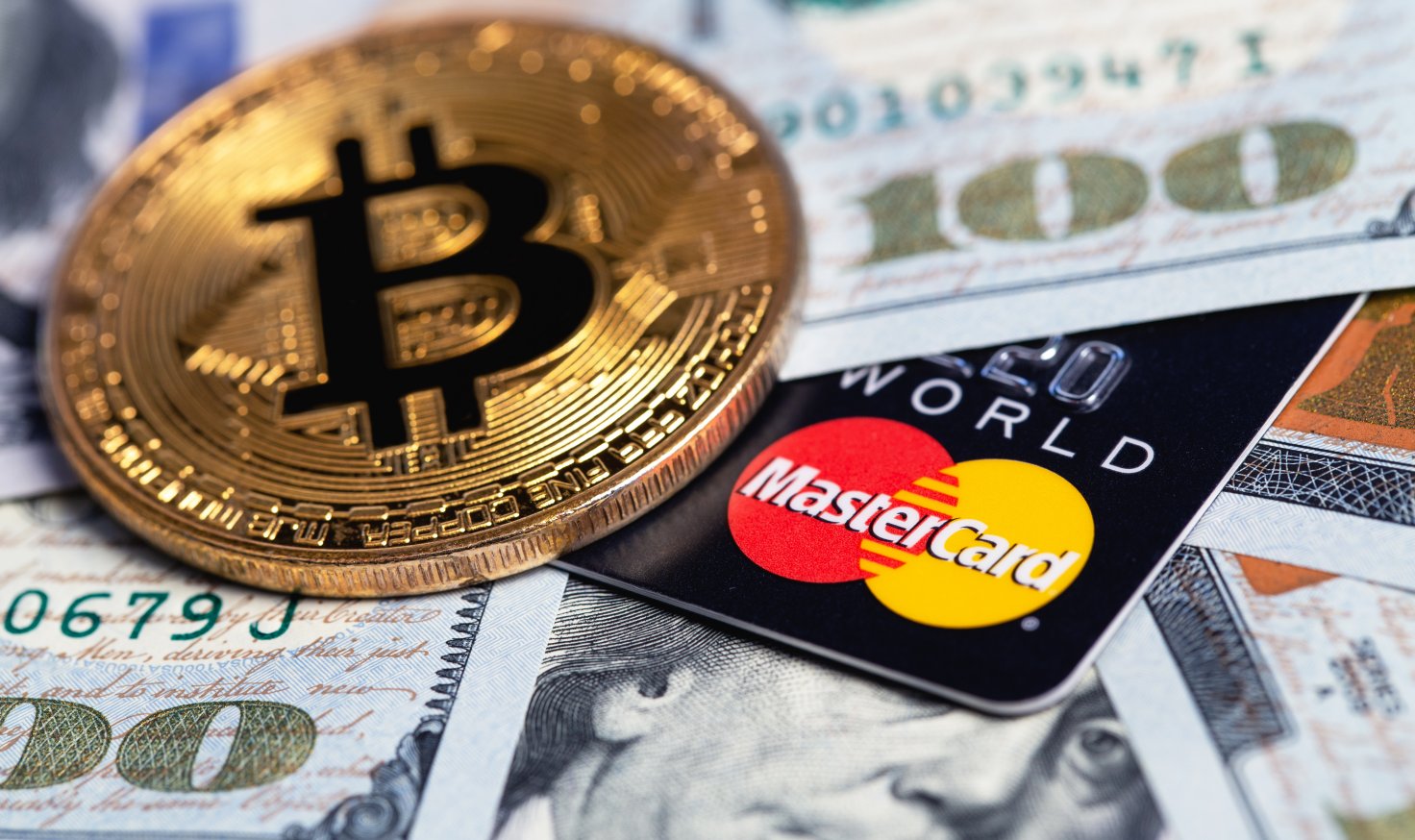The rise of cryptocurrencies has engendered a seismic shift in the financial landscape, prompting consumers and investors alike to reconsider traditional payment methods. Bitcoin, the premier cryptocurrency, has catalyzed discussions surrounding its ability to usurp the dominance of established payment giants like Visa and MasterCard. As we delve into this debate, it becomes imperative to elucidate not only the inherent characteristics of Bitcoin but also the implications of its ascent on the existing payment ecosystem and consumer behavior.
Initially, the question arises: what constitutes the appeal of Bitcoin? At its foundational level, Bitcoin embodies a decentralized financial model. It operates on blockchain technology, which allows direct peer-to-peer transactions without the necessity for intermediaries like banks or credit card companies. This autonomy is liberating for those who seek control over their financial dealings. Conversely, traditional credit card networks are entrenched within a hierarchical structure. They are subject to regulatory oversight and transactional fees that can inhibit small businesses and consumers alike.
Moreover, Bitcoin offers a potential hedge against inflation—a feature that seems particularly alluring in light of volatile fiat currencies. When a central bank prints excessive amounts of money, the purchasing power of currency can diminish. Bitcoin, on the other hand, features a capped supply, which makes it a deflationary asset in theory. Investors are increasingly viewing it as digital gold, a store of value that circumvents the pitfalls of traditional fiat systems.
However, the allure of Bitcoin is tempered by significant challenges that it must confront to consistently emerge as a legitimate alternative to Visa and MasterCard. For starters, the volatility of Bitcoin’s price can dissuade businesses from adopting it as a payment method. In a world where price stability fosters trust and confidence in currency, Bitcoin’s frequent fluctuations introduce an element of risk that many firms are reluctant to embrace. Would a retailer prefer to face the uncertainty of pricing something at $100, only to receive an equivalent value of $80 the following day?
Furthermore, the infrastructure necessary for Bitcoin transactions, while revolutionary, is still in its nascent stages. The process of confirming Bitcoin transactions can take considerably longer than traditional credit card transactions, which are typically instantaneous. Scalability remains a concern as well; the Bitcoin network can only handle a limited number of transactions at any given time, leading to congestion and increased fees during periods of high demand. For Visa and MasterCard, which facilitate hundreds of millions of transactions daily with remarkable efficiency, Bitcoin must overcome substantial hurdles.
Yet, the question remains: Is Bitcoin killing Visa and MasterCard, or are they simply evolving? The latter appears increasingly plausible. Major payment networks are responding to the rise of cryptocurrencies by integrating them into their platforms. For instance, Visa has begun to allow payment settlements using USDC, a stablecoin. This move signifies not a retreat from the market but rather an adaptation to consumer demands for digital currency options. With the increasing popularity of cryptocurrencies, traditional financial institutions are recognizing the need to innovate rather than resist.
The convergence of cryptocurrency with traditional financial systems is forging a new era of blended payment solutions. Companies are exploring hybrid models that recognize the advantages of both mediums—allowing customers the choice between utilizing Bitcoin’s whimsy or relying on the stability associated with credit card transactions. Such developments are essential in addressing the friction points that exist when merging blockchain technology with everyday commerce.
Another critical aspect of this ongoing dialogue revolves around regulatory perspectives. Governments worldwide are wrestling with how to classify and regulate cryptocurrencies. Regulatory clarity could be a double-edged sword—providing legitimacy to crypto transactions while simultaneously imposing restrictions that may hinder their adoption. On the one hand, consumer and investor protection is vital in safeguarding against fraud; on the other, overly stringent regulations could stymie innovation and discourage blockchain development.
In light of regulatory developments, consumer education is paramount. Individuals and businesses must be equipped with the knowledge necessary to navigate the complexities of utilizing digital currencies. Beyond the volatility and technical challenges, misinformation has proliferated in the realm of cryptocurrency. This lack of understanding undermines the potential benefits that Bitcoin could confer as a payment option.
Moreover, we must consider the ethical implications of both Bitcoin and traditional financial systems. Bitcoin mining has garnered criticism for its environmental impact due to the substantial energy consumption required for transaction validation. In contrast, traditional payment networks are also not without their ethical quandaries—issues related to predatory interest rates, exorbitant fees, and the exclusion of unbanked populations exemplify the imperfections inherent in conventional finance. A truly transformative financial system would need to reconcile these ethical considerations, promoting sustainability and inclusivity.
Consequently, the interplay between Bitcoin, Visa, and MasterCard presents not just a competition of payment methods but an invitation to reimagine monetary systems as a whole. The friction between innovation and incumbency is at the core of this discourse. Bitcoin may not be outright ‘killing’ Visa and MasterCard; rather, it is pushing them to rethink their operational frameworks and engage with the next generation of financial technology.
In summary, the question of whether Bitcoin is dismantling traditional financial giants is not easily answered. Instead, it sparks a myriad of discussions about the future of money, the evolution of payment systems, and the responsibilities that come with innovation. As cryptocurrency continues to mature, it will be critical to monitor which paths emerge victorious in the ongoing battle for supremacy in the digital and physical marketplaces.








Leave a Comment